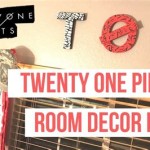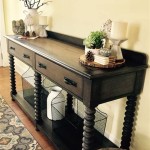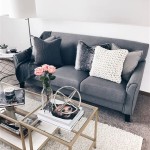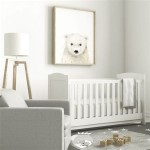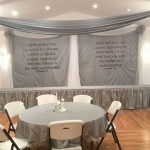Room Decoration
Room decoration encompasses a wide range of activities aimed at enhancing the aesthetic and functional appeal of interior spaces. It involves careful consideration of various elements, including color palettes, furniture arrangement, lighting, textiles, and decorative accessories. Effective room decoration can significantly impact the mood, atmosphere, and overall usability of a space.
Color plays a pivotal role in setting the tone of a room. Warm colors like red, orange, and yellow can create a sense of energy and vibrancy, while cool colors such as blue, green, and purple promote tranquility and relaxation. Neutral colors like white, beige, and gray provide a versatile backdrop that can be easily accented with other colors and textures. Color selection should consider the room's purpose and the desired atmosphere.
Furniture selection and arrangement are crucial for both functionality and aesthetics. Furniture should be chosen based on the room's size and intended use. For instance, a living room might require comfortable seating arrangements, while a bedroom needs a bed, dresser, and perhaps a desk. Proper furniture arrangement can optimize space utilization and improve traffic flow.
Lighting contributes significantly to the ambiance of a room. Natural light should be maximized whenever possible. Artificial lighting can be layered to create different moods and highlight specific features. Ambient lighting provides overall illumination, task lighting focuses on specific areas for activities like reading or working, and accent lighting highlights decorative elements or architectural details.
Textiles add warmth, texture, and personality to a room. These include curtains, rugs, cushions, and throws. Choosing the right fabrics and patterns can enhance the overall design scheme and create a cohesive look. Textiles can also be used to introduce color and pattern into a neutral space.
Decorative accessories are the finishing touches that personalize a room. These can include artwork, mirrors, plants, sculptures, and other decorative objects. Accessories should be chosen carefully to complement the overall design and reflect the occupants' personal style. They can be used to add visual interest and create focal points within the room.
Wall treatments significantly impact the overall look and feel of a space. Paint is a popular choice due to its versatility and affordability. Wallpaper offers a wide range of patterns and textures, allowing for more intricate designs. Other wall treatments include paneling, textured plaster, and fabric wall coverings. The choice of wall treatment should align with the overall design style.
Flooring is another essential element in room decoration. Different flooring materials offer varying levels of durability, comfort, and aesthetic appeal. Hardwood flooring provides a classic and timeless look, while carpet offers warmth and softness. Tile flooring is durable and easy to maintain, making it suitable for high-traffic areas. The choice of flooring should consider the room's function and traffic levels.
Window treatments play a functional and decorative role in room design. Curtains and blinds control light and privacy, while also adding color, texture, and pattern to the space. The choice of window treatments should consider the room's style, the amount of natural light desired, and the level of privacy required.
Creating a focal point is a key principle in room decoration. A focal point draws the eye and anchors the design scheme. This can be achieved through architectural features like a fireplace or a large window, or through decorative elements like a striking piece of artwork or a statement furniture piece.
Balance and proportion are important considerations in room decoration. Visual balance can be achieved through symmetrical or asymmetrical arrangements. Proportion refers to the size and scale of furniture and accessories in relation to the room's dimensions. Maintaining proper balance and proportion creates a harmonious and visually appealing space.
Space planning is a critical aspect of room decoration, especially in smaller rooms. Efficient space planning maximizes functionality and minimizes clutter. This involves carefully considering the layout of furniture and other elements to optimize traffic flow and create a comfortable and usable space.
Budgeting is an essential part of the room decoration process. Setting a budget helps to prioritize spending and avoid overspending. It’s important to consider the cost of all elements, including furniture, materials, labor, and accessories, to ensure that the project stays within financial constraints.
Personal style is a key factor in room decoration. The design should reflect the occupants' tastes and preferences. Incorporating personal touches, such as cherished possessions, family photos, and favorite colors, creates a space that feels unique and welcoming.
Maintenance is an ongoing aspect of room decoration. Regular cleaning and upkeep are essential for preserving the beauty and longevity of furniture, fabrics, and other decorative elements. Developing a maintenance plan helps to keep the room looking its best and prevents premature wear and tear.

Best Room Decorations 15 Latest Decor Ideas By Livspace

Bed Decoration Ideas To Recharge In Style Designcafe

Trending Room Decoration Ideas And Photos 2025

10 Minimal Bed Decoration Ideas To Give Your Article A Makeover

New Bedroom Decoration Trends 2025

Best Room Decorations 15 Latest Decor Ideas By Livspace

Light Decoration Ideas For Your Bedroom Designcafe

Romantic Wedding Room Decoration

How To Decorate Your Uni Room On A Budget 31 Ideas Aparto

Anniversary Room Decoration Kolkata
